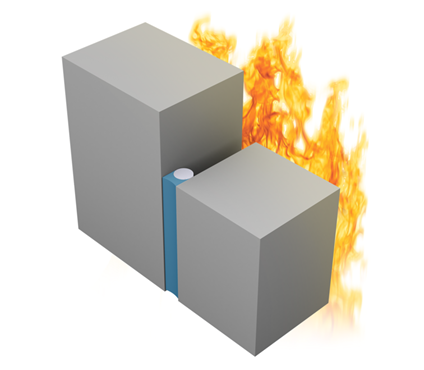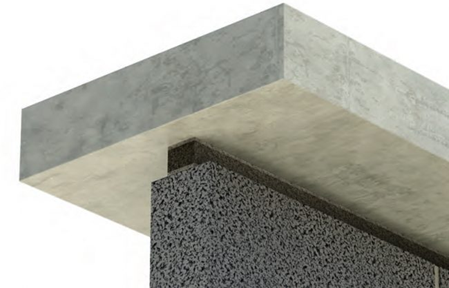Firestopping linear gap seals are systems designed to seal linear gaps and openings in fire-resistant walls and floors and prevent the spread of fire and smoke through them. These gaps can be created when services such as pipes, cables, and ducts penetrate through fire-rated walls and floors.
A linear gap system typically consists of a combination of materials and components, such as intumescent materials, fire-resistant seals, and support systems. The materials and components used in these systems are chosen based on their ability to resist fire and smoke for a specified period of time.

To be effective, firestopping linear gap seals must be installed correctly and maintained to ensure their continued effectiveness. This involves ensuring that the system is installed according to the manufacturer’s instructions, that any gaps or voids in the system are properly filled, and that the system is regularly inspected and maintained.
Firestopping linear gap seals are subject to testing and evaluation to ensure that they meet the requirements set out in relevant standards and regulations. For example, EN 1366-4 is a European standard that specifies the requirements and test methods for linear fire stopping systems used to seal openings and gaps in fire-resistant walls and floors.
Properly installed and maintained firestopping linear gap seals are an important component of a building’s passive fire protection systems and can help prevent the spread of fire and smoke through service penetrations in fire-rated walls and floors.

EN 1366-4 is a European standard that specifies the requirements and test methods for linear fire stopping systems used to seal openings and gaps in fire-resistant walls and floors. These systems are designed to prevent the spread of fire and smoke through openings and gaps that are created when services, such as pipes and cables, pass through fire-resistant walls and floors.
EN 1366-4 specifies the requirements for the performance of linear fire stopping systems, including the ability to resist fire and smoke for a specified period of time. It also outlines the test methods that should be used to evaluate the performance of these systems, such as the exposure to fire and smoke, and the integrity of the system after the fire test.
Compliance with EN 1366-4 is essential for ensuring that linear fire stopping systems are effective in preventing the spread of fire and smoke through openings and gaps in fire-resistant walls and floors.
